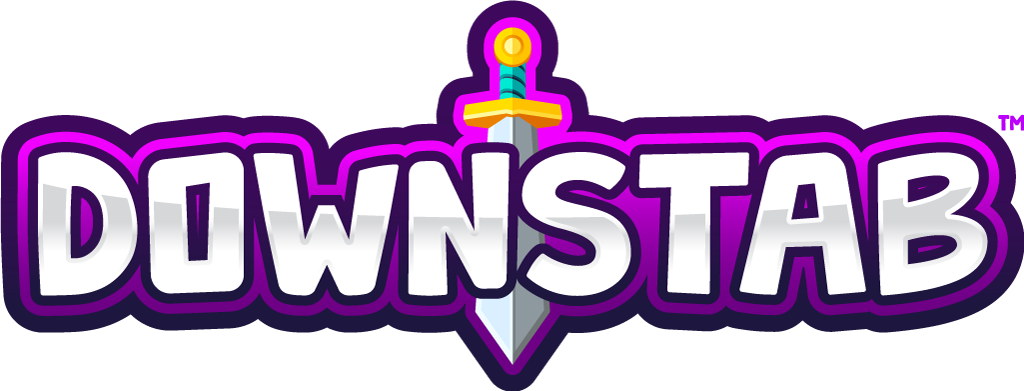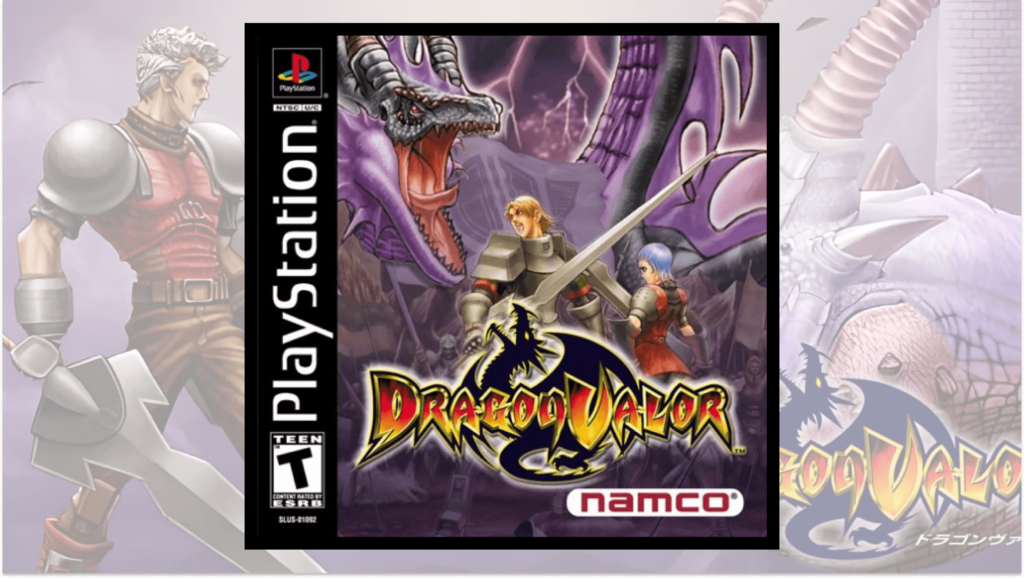Role playing games as a genre are so far reaching you could point at just about anything in today’s gaming landscape, call it an RPG, and I’d be like, “Yeah, I guess.” Blending of genres is nothing new, and adding RPG elements to video games is as common as Sonic and Mario picking up rings and coins, respectively: it’s just something we all accept. For that matter, when a game isn’t pushing some sort of boundary or trying something different in its execution, we tend to see it as basic and run of the mill.
It wasn’t always this way. I can recall when gaming was in it’s relative toddler years putting different genres together was new and unique. The mashup of fighting and puzzle games in Super Puzzle Fighter was wild (and admittedly still kind of is). Shooting and RPGs are so hand-in-hand nowadays you might forget when games like Borderlands and Mass Effect first released that the concept was novel. Quirky combinations like Odama’s blend of real time strategy games with pinball, of all things, were so weird they could completely flop but I’d still be interested. Needless to say, as time went on, gaming in general became a more complex beast.
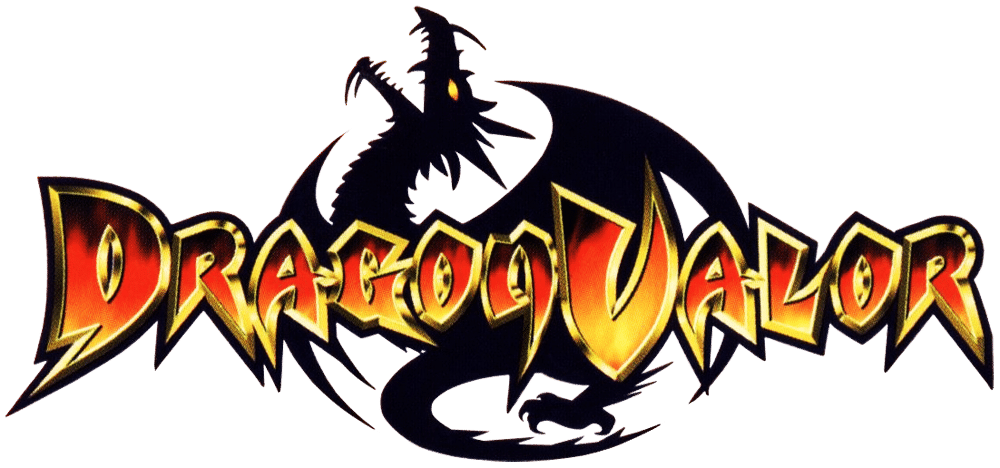
Near the beginning of all this happening was a little RPG/Side scrolling hack & slash hybrid that likely flew under many radars. Dragon Valor is an RPG with beat’em up elements, developed by Now Production and part of the larger Dragon Buster series (which only saw other releases in Japan). The game is the first to be released stateside I believe, and the first and only game to be in full 3D. The game has you taking down bad guys in a medieval setting, leveling up and grabbing new weapons and spells, and eventually getting married and passing down your lineage for the next generation of protectors, all Castlevania Belmont style!
Gameplay is what really stood out to me, even playing it many years after initial release. Your main player character is free to roam around the entire area, swinging their sword, casting spells, dodging bad guys, and even jumping!! Downed foes will sometimes drop money or items, and each stage is usually capped off with a harder than normal enemy or boss fight. Gaining new levels and learning new spells feels like any action RPG, while enemies just kind of chilling on the map until you approach them gave me strong beat’em up vibes. There was even that frustration of side scrollers where I didn’t fully know if I was lined up to hit an enemy before swinging at them. It was great!
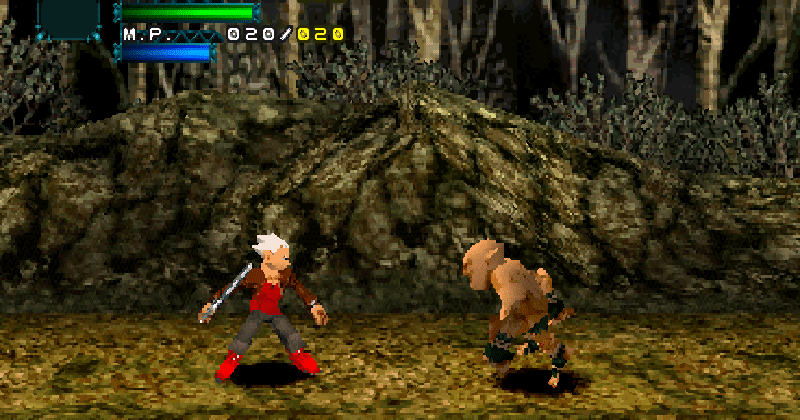
Dragon Valor didn’t do anything remarkable. In fact, by all accounts I would say the game was average at best. The unique aspect of multiple endings and characters to play as can only go so far if the gameplay isn’t worth it. I want to love Dragon Valor, but it does get kind of repetitive. It’s also fairly easy in terms of difficulty, and the game shows you all it has to offer within the first few hours. Literally. The game is short and can be completed, at least one playthrough, in less than 6 hours. After that, you’re only left with a story to keep you coming back. And yeah, that’s not doing it for me either.
It’s the idea that Dragon Valor had that I think noteworthy. It took something typically reserved for arcades and older games and added and RPG element to make it stand out. This is the exact same thing we see in today’s gaming market in plenty of games. Scott Pilgrim vs. the World is a love letter to gaming, and it’s basically the same thing: a side scrolling beat’em up with heavy RPG elements. The newly released Teenage Mutant Ninja Turtles: Shredder’s Revenge has a whole mode that’s the same thing: a side scrolling and RPG hybrid. Heavy hitters like Castle Crashers, Dragon’s Crown, and the more recent Streets of Rage 4 take this exact same concept and run extremely well with it. If I’m being honest, I cannot imagine a successful beat’em up game released in the last 5 years that didn’t have RPG elements built in.
In that regard, Dragon Valor was ahead of its time.
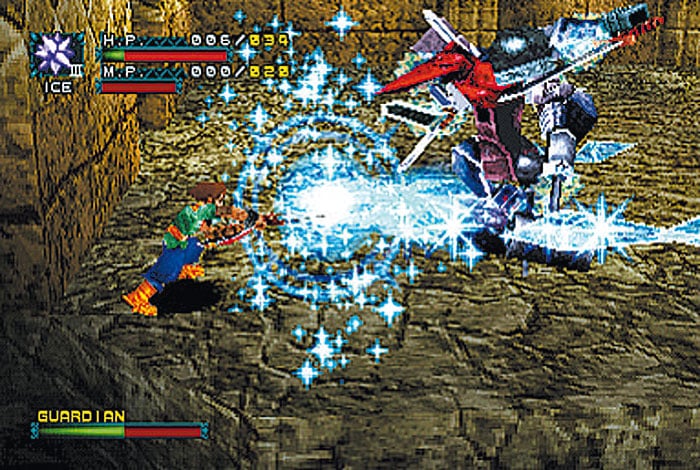
Playing retro games can be a mixed bag. Sometimes you get duds that you passed on for years (I’m looking at you, Spot Goes to Hollywood), which have not aged well. Other times you get gems that hold up to the test of time and are fun to play decades later (thanks, Legend of Mana!). And sometimes you get something in the middle. Something like Dragon Valor. Not a good game, but not a bad game. Not a dated game, but a misunderstood game. Not quite an RPG and not quite a brawler, but something that can still be fun. Something that had great ideas but maybe didn’t implement them well. Ideas that were fleshed out years later by other studios, learning from the games of the past and the first steps they took.
I’m not saying if we didn’t have Dragon Valor we wouldn’t have Mass Effect. But I’m also not NOT saying that. Take that as you will.
Laters,
Jsick
